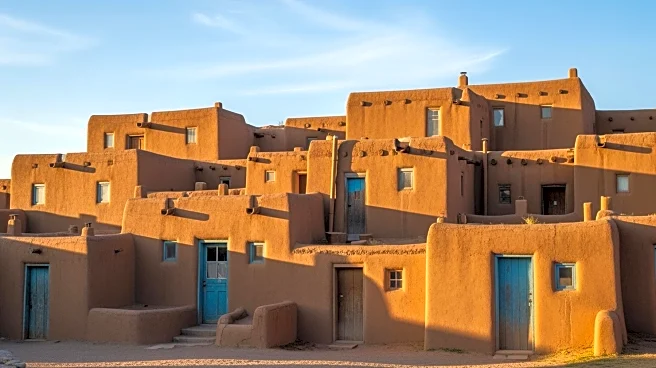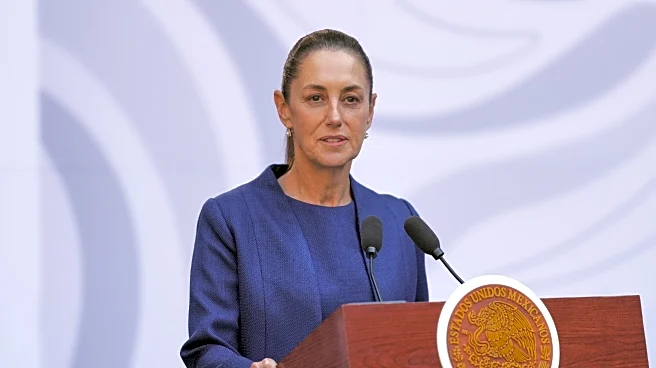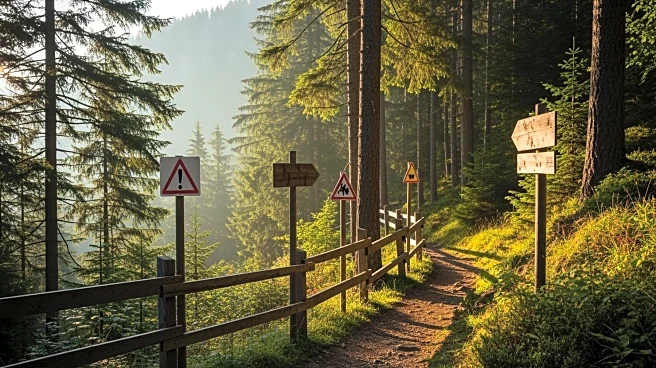Taos Pueblo, an ancient pueblo belonging to a Taos-speaking Native American tribe, is located about 1 mile north of the modern city of Taos, New Mexico. It is one of the oldest continuously inhabited communities in the United States and has been designated a UNESCO World Heritage Site. The pueblo's most prominent architectural feature is a multi-storied residential complex of reddish-brown adobe, built on either side of the Rio Pueblo. The Pueblo's
website states it was probably built between 1000 and 1450.
First Peoples & First Mentions
The Taos Indigenous people, along with other Pueblo Indigenous people, likely settled along the Rio Grande after migrating south from the Four Corners region. The dwellings of that region were inhabited by the Ancestral Puebloans. A long drought in the area in the late 13th century may have caused them to move to the Rio Grande, where the water supply was more dependable.
Explorers, Missions & Colonial Outposts
Spanish conquistadors first arrived at Taos Pueblo in 1540; they were members of the Francisco Vázquez de Coronado expedition. Around 1620, Spanish Jesuits oversaw the construction of the first Catholic Church in the pueblo, the mission of San Geronimo de Taos. Reports from the period indicate that the native people of Taos resisted the building of the church and the forceful imposition of the Catholic religion.
From Empire to Nation: Transfers of Rule
During the Mexican-American War, New Mexico came under United States control after the Battle of Santa Fe in August 1846. Charles Bent was appointed as the American territorial governor. Many of the Taos Pueblo people and Hispanos feared that the new American regime would dispossess them of their land. On January 19, 1847, Hispanos and Taos Pueblo people launched a rebellion against the US territorial government.
Rails, Roads & River Landings: Corridors That Sited Taos Pueblo
The Pueblo's 48,000 acres of mountain land was taken by President Theodore Roosevelt and designated as the Carson National Forest early in the 20th century. It was finally returned in 1970 by the United States when President Richard Nixon signed Public Law 91-550. An additional 764 acres south of the ridge between Simpson Peak and Old Mike Peak and west of Blue Lake were transferred back to the Pueblo in 1996.


















